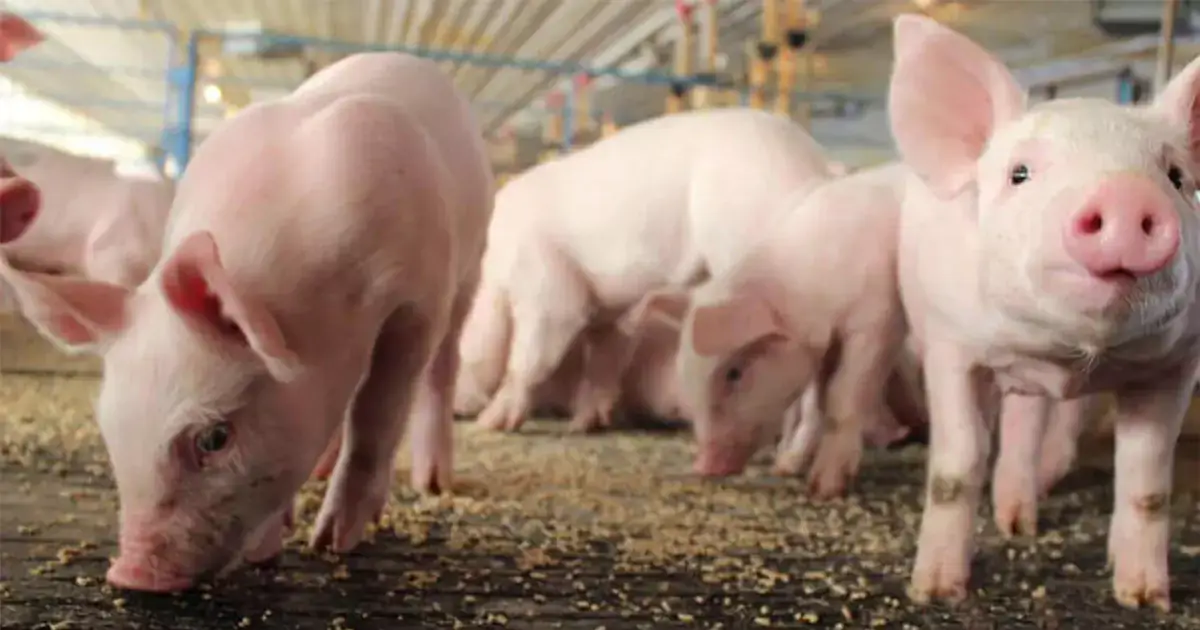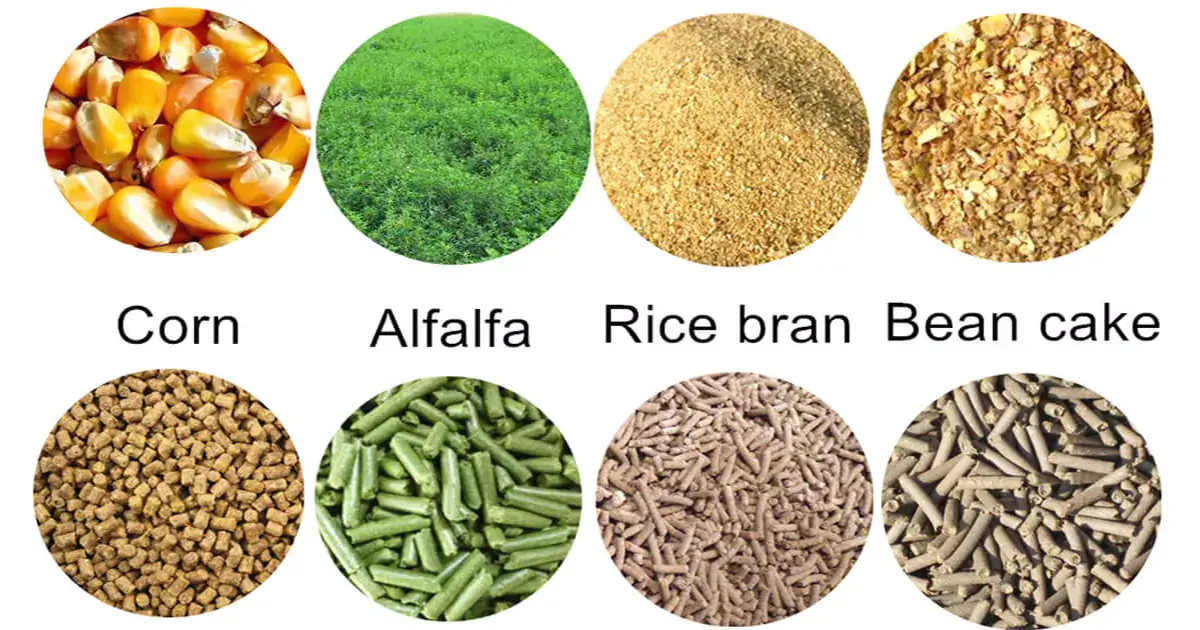Overview of pig farming industry in Nigeria
Nigeria’s rapidly growing pig farming industry demands efficient and cost-effective feed formulation. This guide aims to delve into pig feed formulation in Nigeria, focusing on ingredients, grower’s needs, and proven formulas to nurture healthy and productive pigs. Pig farming is a thriving industry in Nigeria, and pig feed formulation in Nigeria is at its heart.
From understanding the key pig feed ingredients in Nigeria to tailoring specific pig feed formula in Nigeria for various life stages, the insights provided above can help farmers create optimal feed blends.
Consulting with local experts and continuously monitoring the pigs’ health ensures that these guidelines can translate to success in the pen. With the right approach, pig feed formulation not only sustains growth but also maximizes profitability in the growing Nigerian market.

Knowing Pig Feed Ingredients in Nigeria: Regional Practices
These key ingredients form the backbone of pig feed formulation in Nigeria. Local variations, seasonal availability, and specific growth needs may require adjustments and additional ingredients. Different regions in Nigeria may have unique approaches to pig feed formulation, depending on the local availability of ingredients, climate, and traditional farming practices. Here’s a closer look:
Northern Nigeria:
Maize Availability: High due to local production, commonly used as the main energy source.
Alternative Proteins: Groundnut cake might be utilized as a substitute for fish or soybean meal.
Climate Consideration: Less use of oils and fats during hot seasons to prevent digestion issues.
Southern Nigeria:
Fish Meal Use: More prevalent due to proximity to water bodies.
Utilization of Local Crops: Cassava and palm products might be included.
Humidity Consideration: Proper storage of pig feed to prevent mold growth due to high humidity.
Western Nigeria:
Adoption of Modern Practices: Utilization of premixed feed ingredients.
Use of By-products: Inclusion of brewery waste as protein and energy sources.
Commercial Focus: Alignment with commercial standards for export-quality meat.
Eastern Nigeria:
Traditional Ingredients: Greater reliance on locally sourced fish meal, yam peels, and cocoa husks.
Sustainability Focus: Integration of organic farming practices.
Community Engagement: Cooperative based approach for shared resources.

These regional variations provide an in-depth perspective on how pig feed formulation in Nigeria can differ from one area to another. Understanding these practices can help farmers make informed decisions, tailoring the feed formulation to local conditions, cultural preferences, and economic considerations.
Collaboration with local experts, community leaders, and agriculture extension services is often essential to navigate these regional intricacies. Regular training and access to updated research can further ensure that the pig feed formulation aligns with both local traditions and modern nutritional requirements.

Specific Pig Feed Formulas in Nigeria
Pig feed formulation is an intricate process that varies depending on the growth stage, specific requirements of the breed, and regional availability of ingredients. Below are some specific pig feed formulas for different stages:
| Stage | Proteins | Carbohydrates | Fiber | Vitamins & Minerals | Notes |
| Starter | Soybean Meal: 25% Fish Meal: 10% | Maize: 40% | Wheat Bran: 20% | Vitamin A, D, E, Calcium, Phosphorus: 5% | High protein for rapid growth. |
| Grower | Soybean Meal: 20% Fish Meal: 10% Groundnut Cake: 15% | Maize: 50% | – | Vitamin A, D, E, Calcium, Phosphorus: 5% | Balanced protein and energy for steady growth. |
| Finisher | Soybean Meal: 15% Fish Meal: 10% Groundnut Cake: 15% | Maize: 55% | Rice Bran: 5% | Vitamin A, D, E, Calcium, Phosphorus: 5% | Lower protein, higher energy for weight gain. |

What You Should Consider:
Considerations for Effective Formulation:
- Protein Levels: Matching protein content with the growth stage; piglets require higher protein than mature pigs.
- Energy Balance: Ensuring the right mix of carbohydrates and fats to meet energy requirements.
- Health Considerations: Including essential vitamins and minerals and avoiding anti-nutritional factors.
- Economic Factors: Balancing quality with cost, leveraging local ingredients where possible.
Consulting with Veterinarians and Nutritionists:
Tailoring these formulas to specific farm conditions requires the guidance of veterinarians or animal nutritionists who understand the local context. Collaborating with these professionals can ensure that the feed meets the pigs’ nutritional needs while considering local availability, cost-effectiveness, and cultural practices. after knowing these specific pig feed formulation and ingredients, next step you may need to know how to make pig feed with these formulation.
